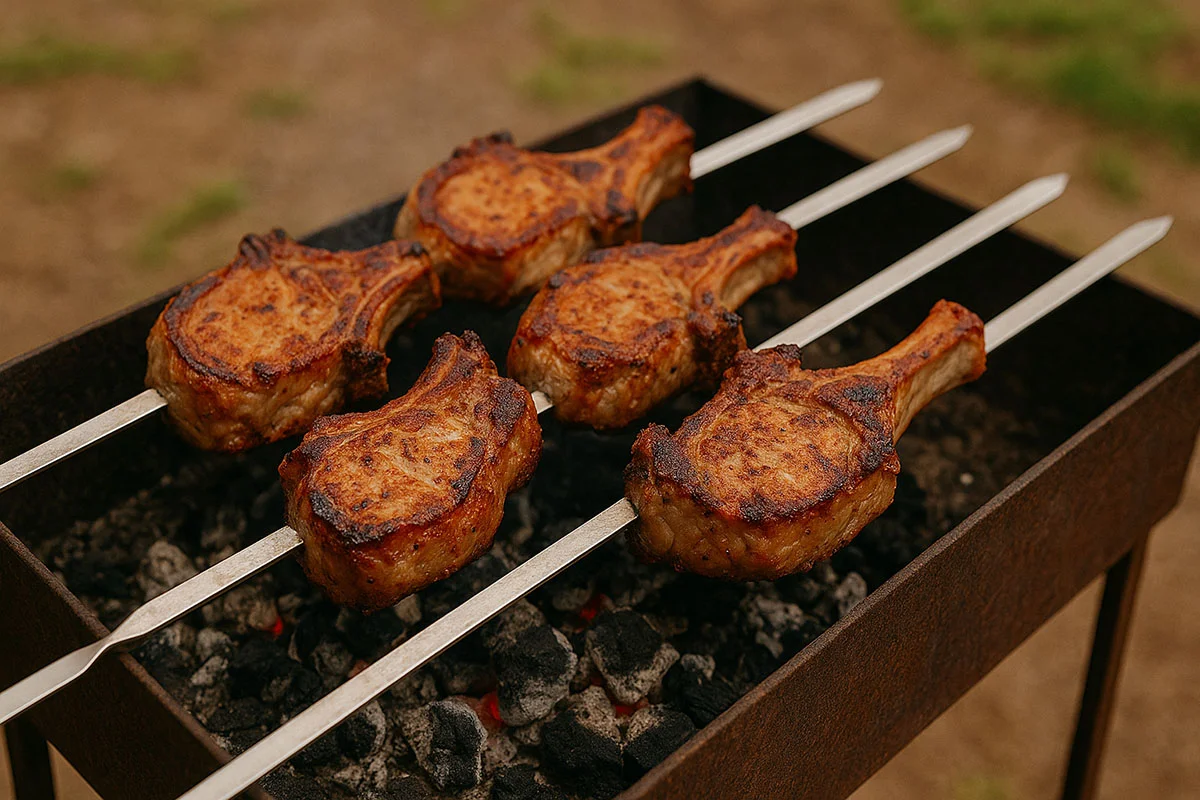A common question regarding Armenian culinary habits is whether pork consumption is prevalent. Given the diverse dietary practices around the world, often influenced by culture and religion, it’s a valid inquiry for anyone interested in Armenian food traditions.
Are there religious reasons why Armenians might not eat pork?
The vast majority of Armenians are Christians, predominantly adherents of the Armenian Apostolic Church. Christianity, unlike some other major religions such as Islam or Judaism, does not have a general prohibition against the consumption of pork. Therefore, for most Armenians, there are no religious dietary restrictions that prevent them from eating pork or any other specific food product based on religious law. Of course, individual dietary choices like veganism or vegetarianism exist, and those individuals would abstain from all meats, including pork.
What is Khorovats (Armenian Barbecue)?
Khorovats (խորոված) is the traditional Armenian barbecue and arguably the most iconic and beloved dish in Armenian cuisine. While khorovats can technically be made with other meats like lamb or chicken, pork khorovats is exceedingly popular and often considered the classic version.
The preparation typically involves marinating generous chunks of pork (often from the shoulder, loin, or ribs) in a mixture that might include onions, salt, black pepper, and sometimes other spices or herbs like paprika, thyme, or a touch of vinegar or pomegranate juice. These marinated pieces are then skewered and grilled slowly over an open fire, traditionally using wood or charcoal, which imparts a distinctive and desirable smoky flavor. The result is tender, juicy, and flavorful meat, often served with grilled vegetables (tomatoes, eggplants, peppers), lavash (Armenian flatbread), fresh herbs, and various sauces or pickles. Khorovats is more than just food; it’s a social event, a staple at celebrations, family gatherings, picnics, and a symbol of Armenian hospitality.
Besides Khorovats, what are other popular pork dishes in Armenian cuisine?
While pork khorovats reigns supreme in popularity, pork is a versatile meat used in other facets of Armenian cooking, though perhaps less internationally recognized than khorovats. You might find pork incorporated into:
- Basturma and Sujukh: While traditionally beef is more common for these cured meats, pork variations or blends can exist, especially in homemade or regional versions.
- Stews and Hearty Dishes: Pork can be used in various rich stews (khashlama can sometimes feature pork along with lamb or beef) or meat-and-vegetable preparations, particularly in home cooking.
- Tolma (Dolma): While often made with minced beef or lamb mixed with rice and herbs wrapped in grape or cabbage leaves, some recipes might incorporate pork for added flavor and richness.
- Holiday Feasts: Pork often features as a celebratory meat during New Year’s and other festive occasions.
It’s worth noting that many traditional Armenian recipes are flexible, and the choice of meat can sometimes vary by region or family preference.
Is pork readily available in restaurants in Armenia?
Absolutely. Pork dishes, with khorovats being the star, are a very common sight on menus across Armenia. From traditional roadside taverns specializing in barbecue to modern, upscale restaurants in Yerevan and other cities, you will find a wide array of pork-based options. Whether you’re looking for expertly grilled khorovats or other traditional meals featuring pork, you’ll have no trouble finding them. The availability extends from modest cafes to high-end dining establishments. Furthermore, for those preferring to dine at home, food delivery services (such as menu.am, Sovats, etc.) also widely feature restaurants offering various pork dishes.
